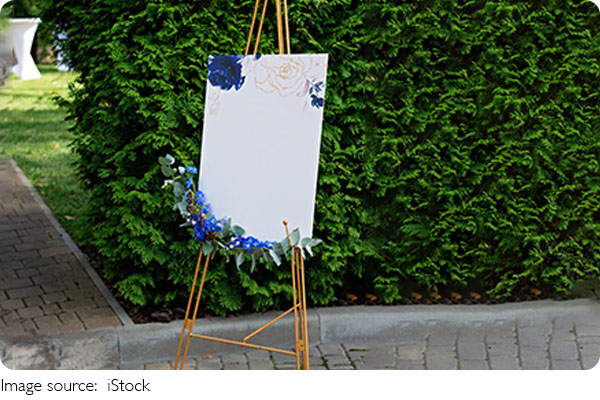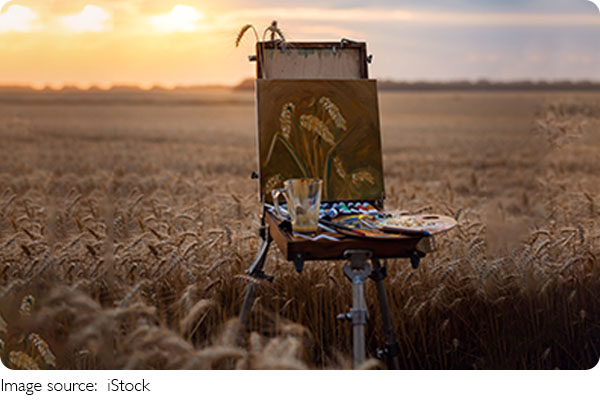Oil or Water? Choose Right

If you've ever stood in front of a painting and wondered how it manages to evoke a specific mood—whether it's the rich warmth of a portrait or the breezy lightness of a landscape—chances are the medium had a lot to do with it.
Oil and watercolor, two of the most widely used painting mediums, don't just differ in how they look—they shape the very way artists express, experiment, and connect with their viewers.
The difference isn't just technical—it's emotional, and it runs deep.
Medium Shapes Mood
Let's start with something many beginners overlook: the medium sets the tone before a single line is drawn.
Oil paints are dense, slow-drying, and blendable. They invite depth, texture, and layering. The buttery consistency of oils allows artists to go back again and again, correcting, adjusting, and building.
Think Rembrandt's luminous portraits or Van Gogh's thick, emotional brushwork. The richness comes from time—time to layer, time to experiment.
Watercolor, in contrast, is fast, transparent, and fluid. The water becomes as much a part of the painting as the pigment. A single brushstroke can set the entire tone. Once dry, it's hard to revise. Watercolor demands confidence and planning, but it rewards spontaneity. It's the reason so many artists use it for travel sketches, botanical studies, or impressionistic landscapes. It captures light in a way oils never can.
Key Differences Between Oil and Watercolor
1. Control vs. Flow
If oil painting is about control, watercolor is about letting go.
• Oil painters often start with underpainting, then layer on glazes, working from dark to light. They can scrape off paint, wait days between sessions, and endlessly rework an area.
• Watercolorists, however, usually work from light to dark. A single mistake in a wash can't be undone—only incorporated. That unpredictability gives watercolor its signature energy.
This isn't just a stylistic difference. It changes how an artist thinks. Oil painting is methodical; watercolor is intuitive. Are you more of a planner or an improviser?
2. Texture and Finish
Texture is another area where these two mediums diverge dramatically.
• Oil paints dry with a satin or glossy finish, and the paint itself has a physical thickness. You can feel the ridges of brushstrokes. With a palette tool, oil paint can even be sculptural.
• Watercolors dry flat and matte. Texture comes more from the paper than the paint itself. Rough, cold-pressed paper enhances granulation and dry-brush effects, while smooth hot-pressed paper yields cleaner lines and softer transitions.
If you're drawn to tactile, three-dimensional work, oil might suit you better. If you love the idea of soft washes and delicate transparencies, watercolor speaks your language.
3. The Role of Mistakes
This might surprise you: in oil painting, mistakes are just steps in the process. With enough time and medium, almost anything can be adjusted or covered up. Oils are forgiving. They offer second chances.
Watercolors are the opposite. The moment pigment touches wet paper, it spreads—and you can't take it back. That makes watercolor feel high-stakes, especially for beginners. But it also teaches one of the most valuable artistic lessons: not everything has to be perfect to be beautiful.
4. Practical Differences
Beyond artistry, there are practical reasons to choose one over the other.
• Drying time: Oils can take days or even weeks to fully cure. Watercolor dries within minutes.
• Clean-up: Oils require turpentine or mineral spirits, while watercolors need only water.
• Space and setup: Oil painting is best done in a ventilated studio. Watercolors can go anywhere—on a hike, in a coffee shop, even on a plane.
So, are you looking for an art form that fits your flexible lifestyle? Watercolor might be a good fit. Are you committed to creating long-term, studio-based works? Oils are your friend.
5. Emotional Expression
The choice of medium can also shape the emotional resonance of your work.
• Oil paints tend to create a more grounded, weighty feel. They're ideal for serious themes, strong contrasts, and timeless compositions.
• Watercolors offer lightness and immediacy. Even sad or nostalgic paintings feel like a memory slowly fading into the paper.
In that way, your choice of medium becomes part of your voice as an artist.
So, Which One Should You Try?
Here's a simple way to think about it:
• Choose oil if you enjoy depth, texture, and revisiting your work over time. It's for those who like to build slowly and intentionally.
• Choose watercolor if you value speed, spontaneity, and the beauty of imperfection. It's for those who enjoy capturing fleeting moments and don't mind a little unpredictability.

You don't have to pick just one. Many artists move fluidly between the two, or even combine them with other media. What matters most is understanding how each medium supports different types of expression—and how it can match your artistic personality.
Do you prefer the thick, sculptural richness of oil or the airy transparency of watercolor? Or maybe you're still exploring both? Either way, the best way to find out is to pick up a brush and see what unfolds.


